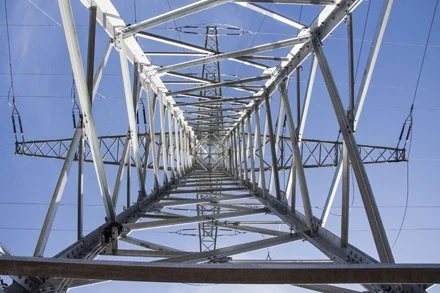Microgrids: Moving Away From Central Power

Asset management evolves as microgrids play various roles
BY MASSOUD AMIN, Institute of Electrical and Electronics Engineers (IEEE)
Microgrids, as many readers are aware, are small power systems of several megawatts (MW) or less in scale that possess three primary characteristics: distributed generation with optional storage, autonomous load centers and the capability to operate interconnected with or islanded from a larger grid. These small-scale systems offer a variety of benefits in the Smart Grid era. Microgrids that localities build to serve campuses, communities, and cities can contribute to Smart Grid’s sustainable benefits. They are wonderful examples of the “think globally, act locally” principle. They draw their energy from locally available, preferably renewable, resources.
Microgrids use Smart Grid technologies to continually monitor customer demand and they can enable innovative pricing and other programs to manage the load and encourage customers to conserve energy. Moreover, microgrids can export and sell excess capacity back to the grid, in support of high-voltage (100kV to 800kV) bulk power systems.









